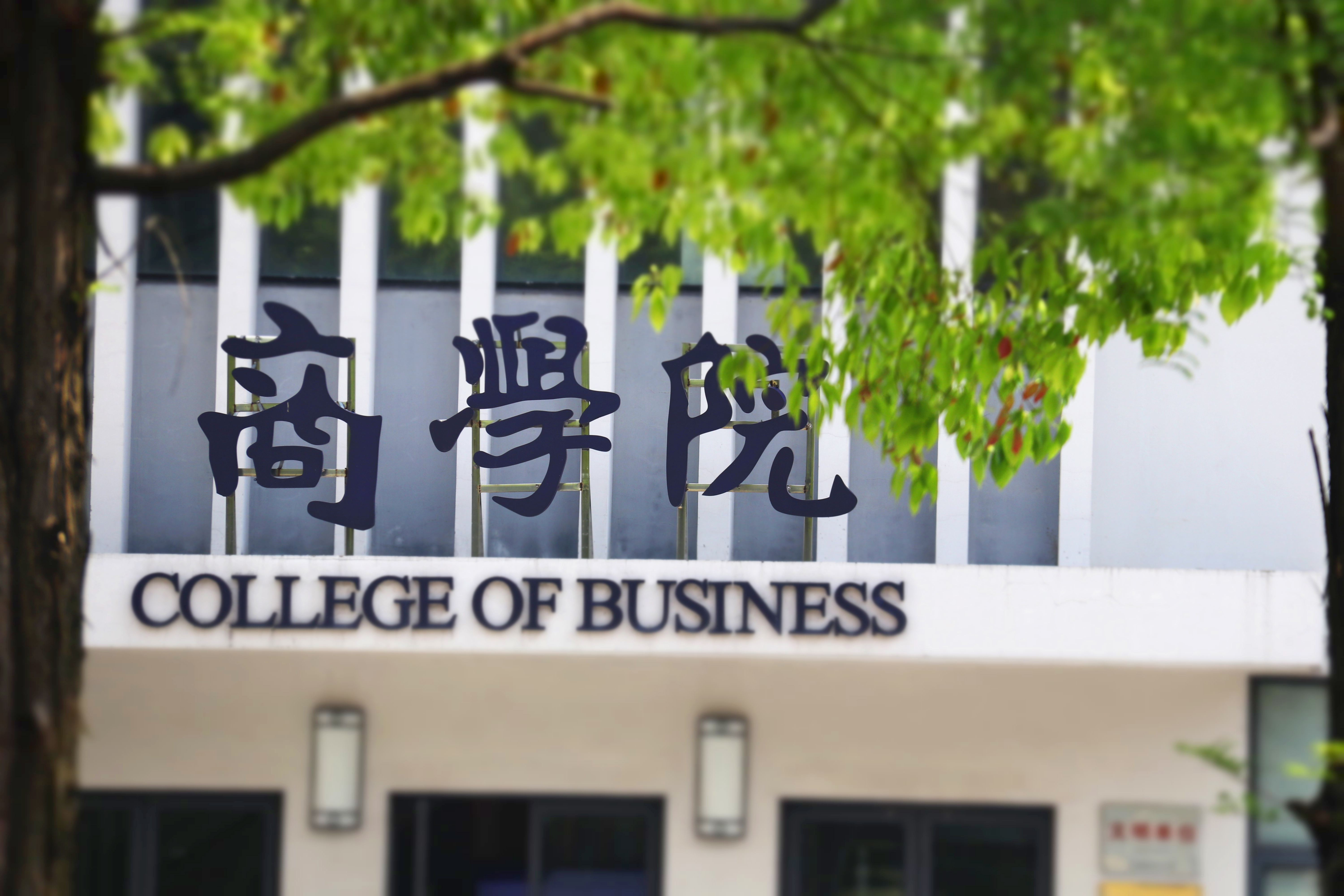On December 1, College of Business and Key Financial Laboratory of Shanghai University of Finance and Economics (SUFE) jointly released "China’s Urban Competitiveness Rankings in 2017 - City Rankings from the Perspective of Listed Companies". In the ranking list, the levels of comprehensive competitiveness of cities were measured comprehensively through scale index, growth index, profit index, social benefit index, innovative enterprise and private capital activity index, thus forming a comprehensive competitiveness list and five sub-lists.

Different from previous years, urban competitiveness lists in both 2016 and 2017 were released together. After two years of accumulation and follow-up, tax index also successfully reflected the differences in the competitiveness of local cities from the listed companies.
Compared with the lists in previous years, we can see that in the comprehensive competitiveness rankings, the urban development pattern with eastern cities represented by Beijing, Shanghai and Guangzhou, etc. as the first echelon, cities in central regions represented by Hubei and Shaanxi, etc. as the second echelon, and western cities represented by Yunnan, Guangxi and Gansu, etc. as the third echelon has basically been formed.
The changes in the urban competitiveness rankings have reflected, to a certain extent, the progressive process of China's economic transformation and structural adjustment under the new normal and are in line with the transformation direction. Only those provinces and cities that can grasp the transformation opportunities can stand out in the competition. In the future, the changes in the pattern of urban competitiveness under the new normal will be the focus of the list.

